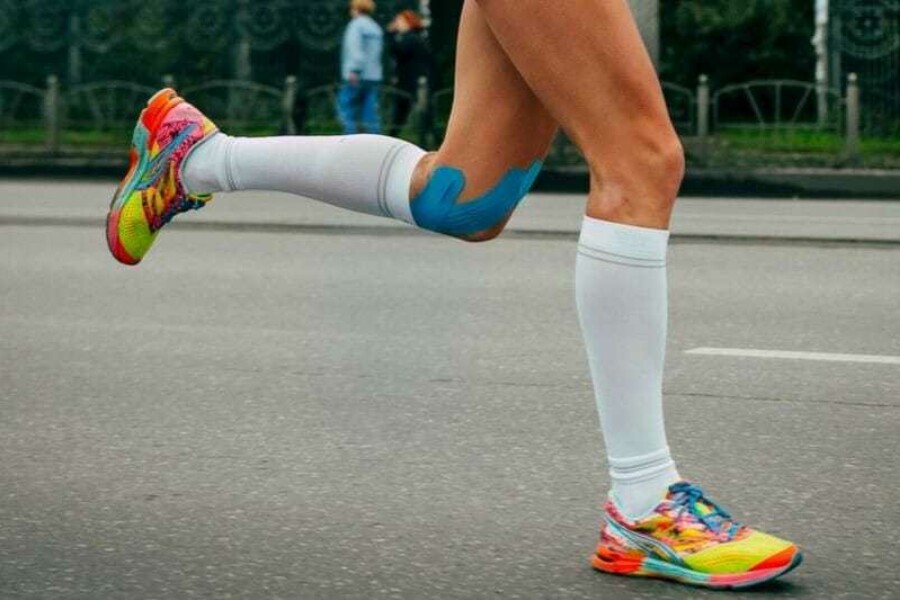Do I Need to Wear Compression Stockings after My Vein Procedure?

Compression stockings are an effective way to reduce symptoms and prevent the recurrence of venous disease.
Non-invasive varicose vein procedures have come a long way in recent years. Treatments like sclerotherapy, radiofrequency ablation and laser ablation will have you in and out of the office in an hour, and back on your feet before you know it.
But that doesn’t mean they’re a silver bullet. Modern procedures are successful between 95% and 99% of the time, which means that they’re very effective at fixing whatever vein problems you’re suffering from; however, some patients will still experience pain, bruising and some limitation of physical function in the days immediately following their procedure.
Compression socks are your best defense against these symptoms. Studies have shown that people who consistently use compression garments after ablation experience less pain and bruising than other patients and return to peak physical functionality more quickly. The bottom line is that even though compression socks may be cumbersome, they’re critical to recovery.
How Do Compression Stockings Work?
To help move blood back toward the heart, veins have a series of one-way valves that prevent blood from collecting in the extremities. Varicose veins develop when these valves stop working efficiently and blood pools in the legs. The extra pressure of pooled blood expands and deforms the vessels, and ultimately results in the pain and unsightly appearance associated with varicose veins.
Compression socks are useful because they help push blood up through the veins, even when the one-way valves aren’t working as well as they should. Compression socks are usually tighter at the bottom than they are at the top, which forces the blood upwards and makes it harder for it to pool. This is especially important in the days after an ablation procedure, when blood is being re-routed around the recently sealed vein and through a new set of vessels. In those first days of recovery, your veins can use all the help that they can get, and compression socks can assist.
The Benefits of Compression Stockings
Compression stockings aren’t just important after procedures. Since they help the one-way valves move blood upwards, compression socks are effective in limiting venous reflux and the pain associated with that condition. Because they prevent blood from pooling, they also help avoid the formation of dangerous blood clots, including deep vein thrombosis (DVT). This is especially important if you expect to be sitting or standing for a long period, like on a long car ride or plane flight.
There are many shapes and types of compression socks, and you and your doctor can decide which is best for you. However, most patients achieve excellent results with the knee-high (as opposed to panty-hose style) socks. Either way, compression stockings are an effective tool for relieving painful symptoms and preventing the recurrence of venous disease.